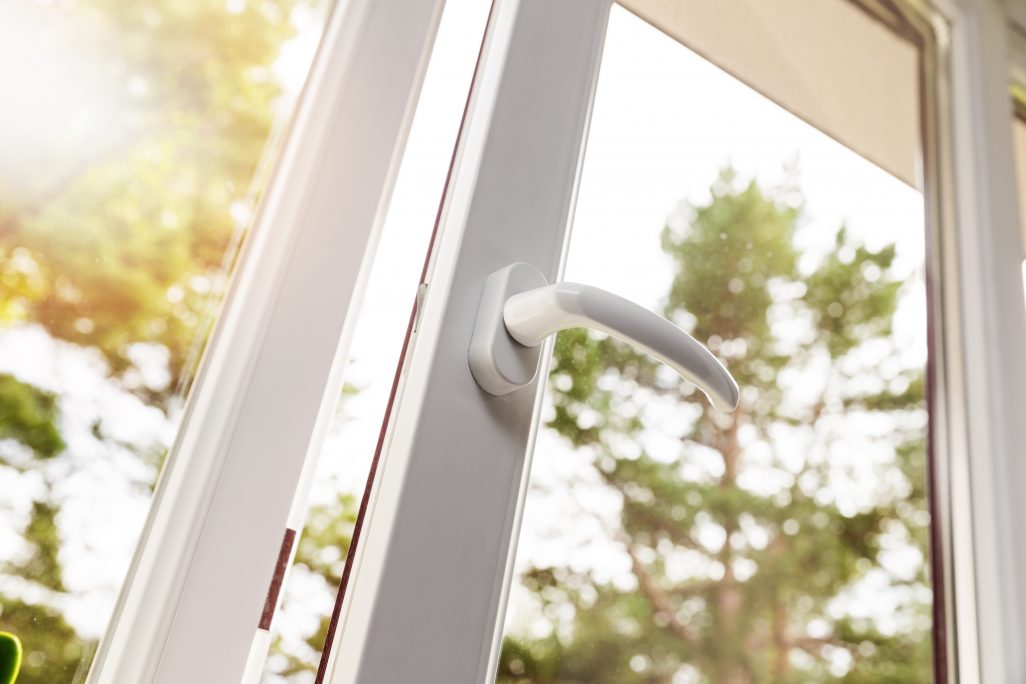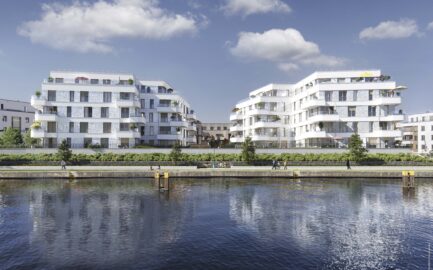Mould in the apartment should be swiftly removed because it is harmful to health and can damage the building. Reasons for the occurrence of mould can be building defects, insufficient heating or incorrect ventilation. The problem should be tackled, particularly in the cold season. Here is the most important information concerning potential causes, what is important for professional removal and how to minimise the risk of infestation.
Mould needs moisture to grow. If mould occurs in living areas and spreads over a larger surface, removing the infestation can quickly lead to significant costs. In order to reasonably remove mould and prevent it in the future, the causes must first be clarified.
How does mould form?
- Every day we produce a considerable amount of water vapour – through showering, cooking, breathing, drying clothes and high humidity.
- Through low temperatures or significant variations in temperature – rooms should not be heated below 15°C (LINK Housing Guide: Heating the Right Way).
- Due to defects in thermal insulation and gaps in the insulation material
- Due to a lack of air circulation – e.g. behind wardrobes on outside walls
The perfect locations for mould
Mould occurs where moist air accumulates and meets a cold surface. Thus it is important to heat properly and to consistently provide enough fresh air.
- In winter, mould often appears in cool places – e.g. window reveals or exposed areas on the inside of unheated exterior walls with little air circulation.
- The damp climate in bathrooms is an ideal breeding ground.
- Care should also be taken in the kitchen and in unheated or barely heated rooms (bedrooms, storerooms, dining rooms).
How can mould be prevented?
- Regularly ventilate and cross-ventilate the room so that excess moisture can escape and air is circulated.
- Ventilation: 3 – 4 times daily, briefly (1 – 5 minutes) open the windows wide.
- Cross-ventilation: 3 – 4 times daily, briefly (1 – 5 minutes) open the windows and doors/windows opposite them all the way.
- Please avoid tilting windows or opening them slightly and keeping them open for a long time.
- The best time to ventilate: When the outside temperature is lower than the inside temperature, condensation is avoided.
- All rooms should be heated to a comfortable temperature – approximately 18°C – 22°C.
- Ensure sufficient distance between furniture and walls, otherwise air circulation may be impaired.
- Do not place wardrobes on outside walls.
- Avoid high humidity, for example from drying laundry, or when doing so, ventilate the room several times.
Signs of mould
- In most cases, mould can be recognised by its typical appearance – brown or black spots, fuzzy surface.
- If a foul or musty smell is noticeable despite frequent ventilation, it may be because there is already a prolonged case of mould.
- Physical signs such as headaches, abdominal pain, sleep disturbances and general malaise can also be warning signs.
Effect on health
Even in the smallest amounts, mould can pose a risk, especially to young children and babies. Breathing in the spores can trigger an allergic reaction, as children’s immune systems are not yet fully developed.
- Typical symptoms: headaches, irritation of the mucous membranes, chronic respiratory diseases and allergies.
Removal
- In the event of a large-scale and severe infestation, help should be sought from a specialist. Through specialised assessments, experts can determine the type of mould by means of a test and limit the potential risk.
- If only small areas are affected, you can remove the mould yourself. It is best to seek advice from specialists at a relevant retailer.
These articles might also be of interest to you:
70 years of BUWOG: Sustainable building and living in Germany and Austria
Circularity in development projects: sustainability from the first brick laid
Building sustainably: the BUWOG SPEICHERBALLETT residential neighbourhood in Berlin-Spandau
⯈ Nothing to miss? Follow BUWOG on Twitter










